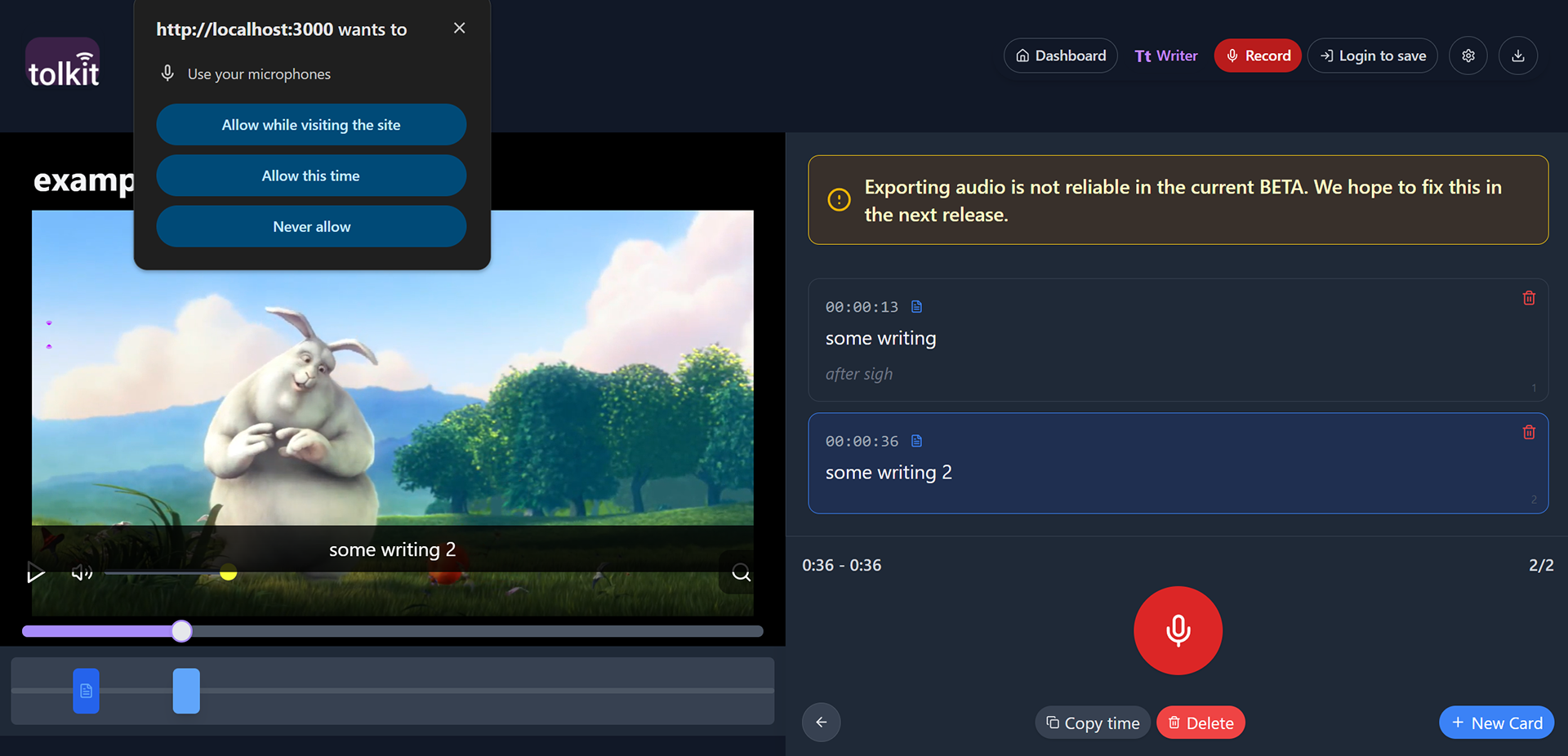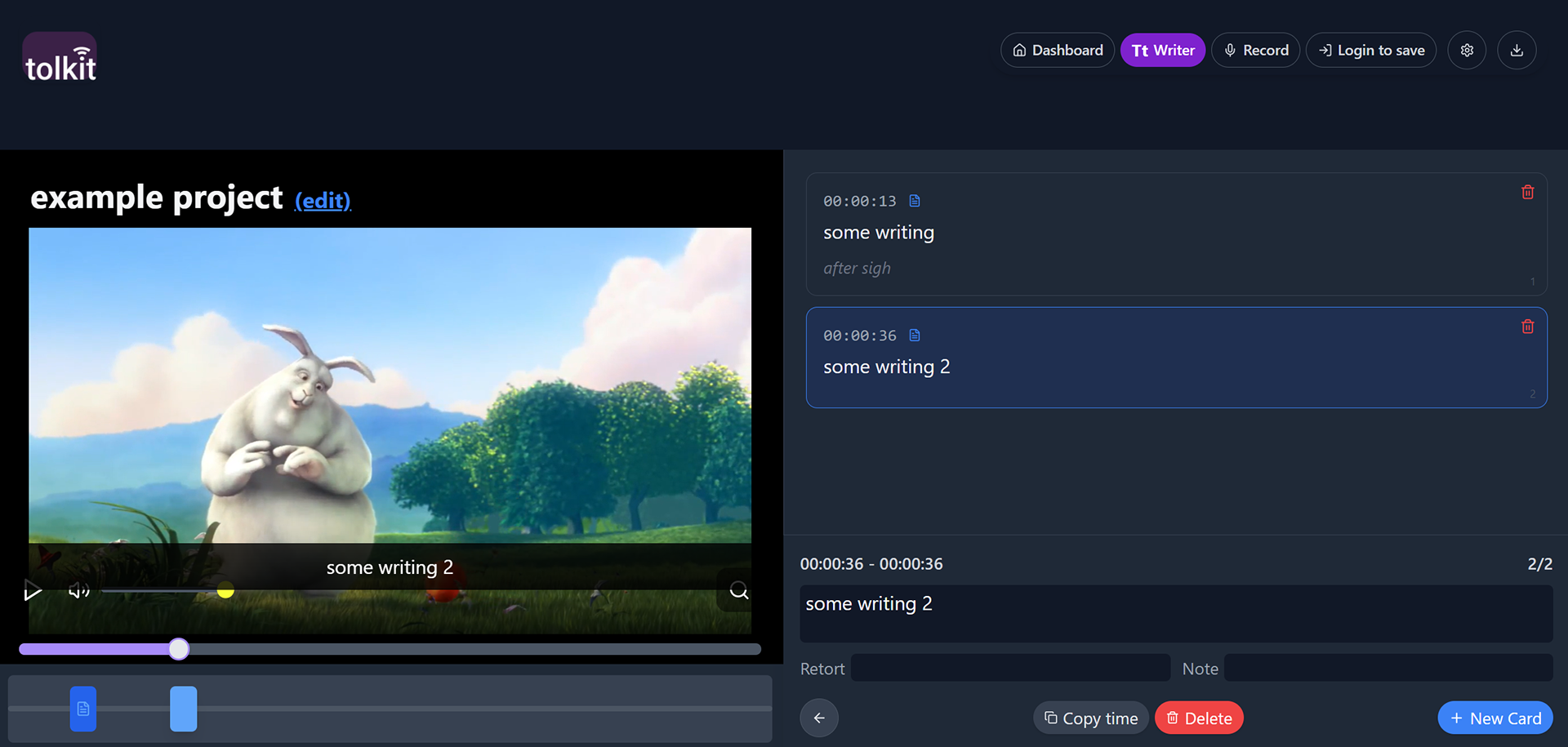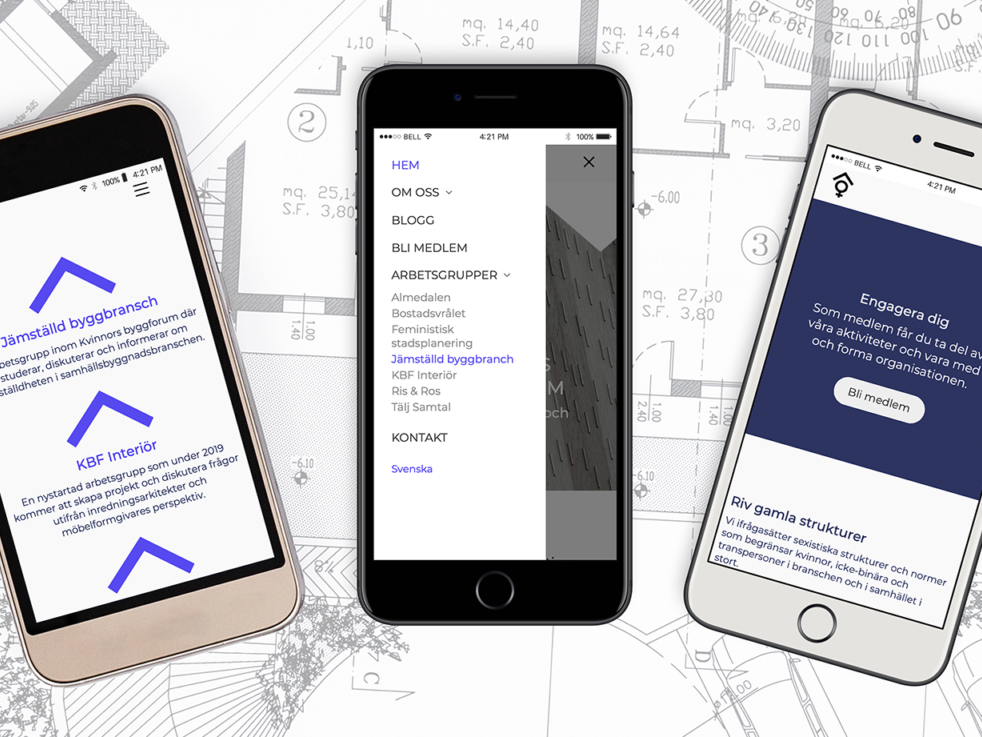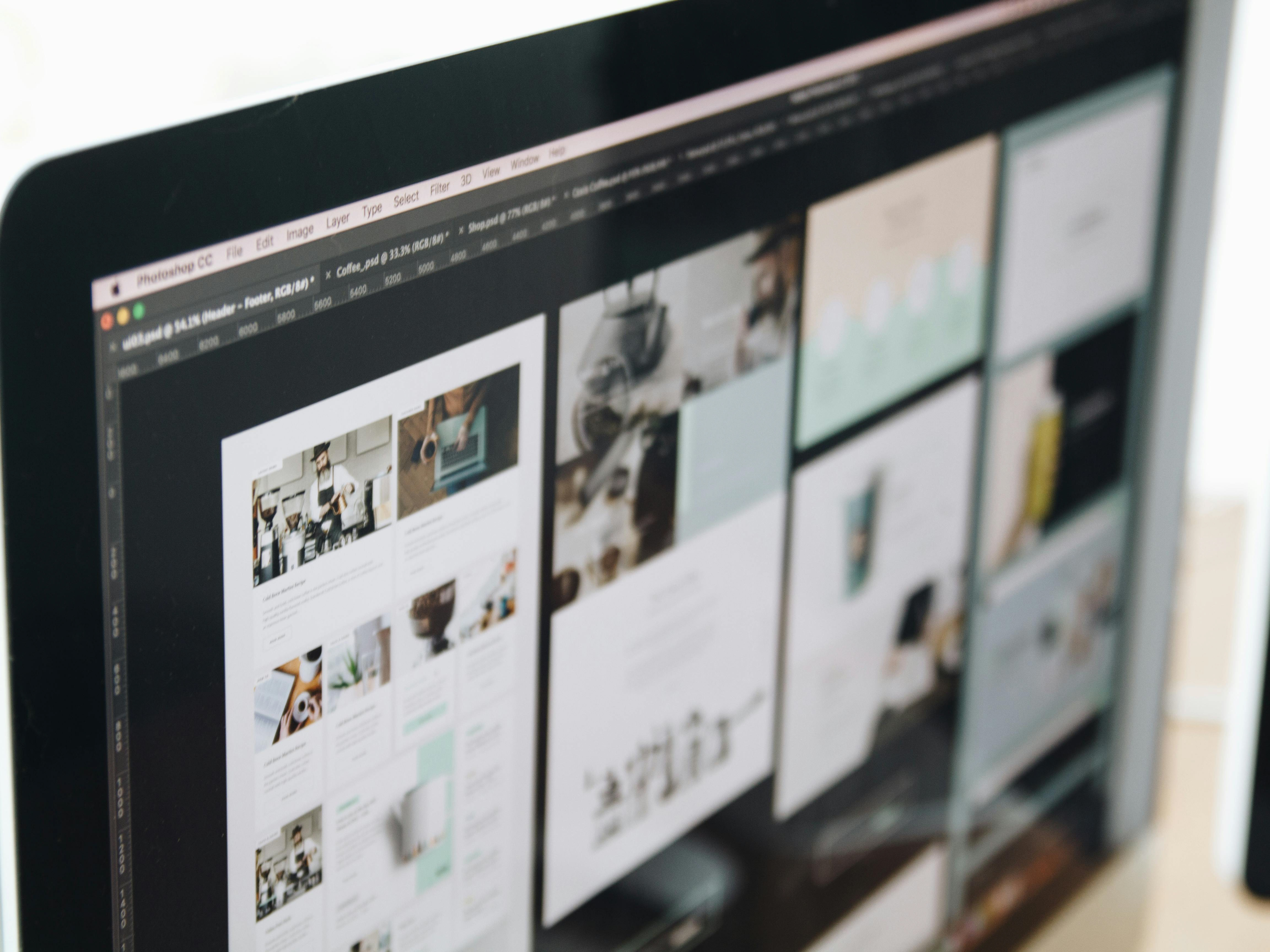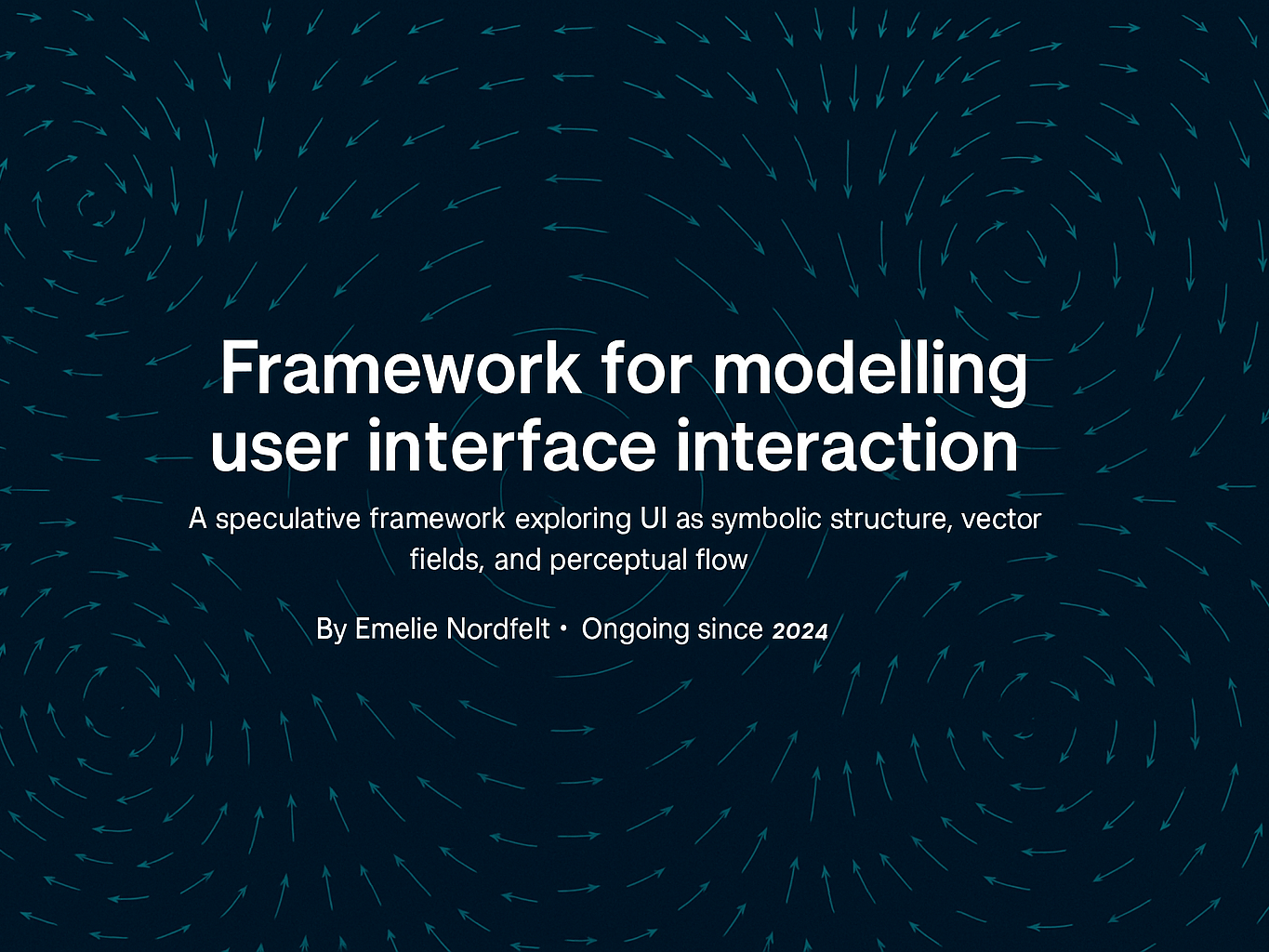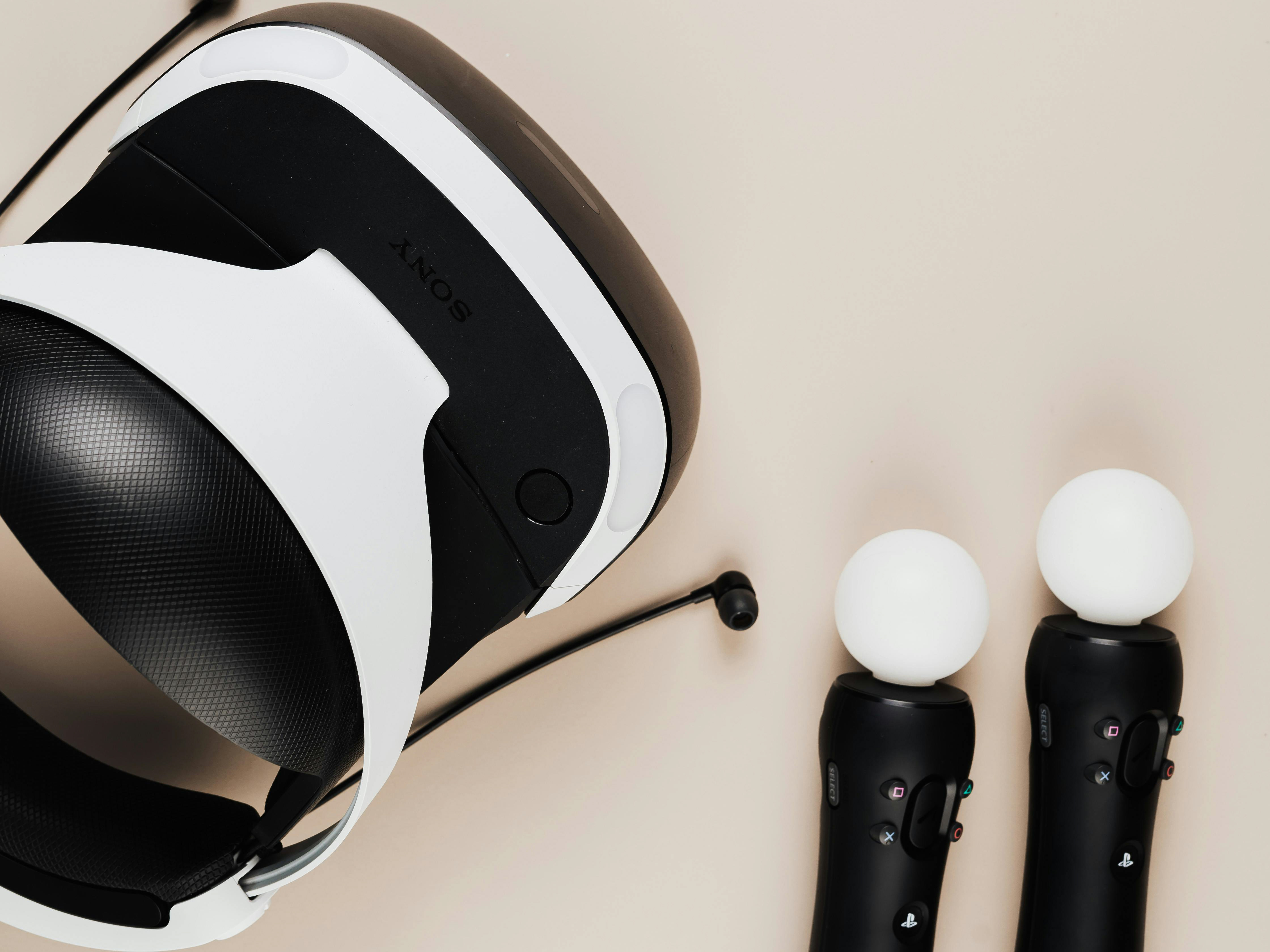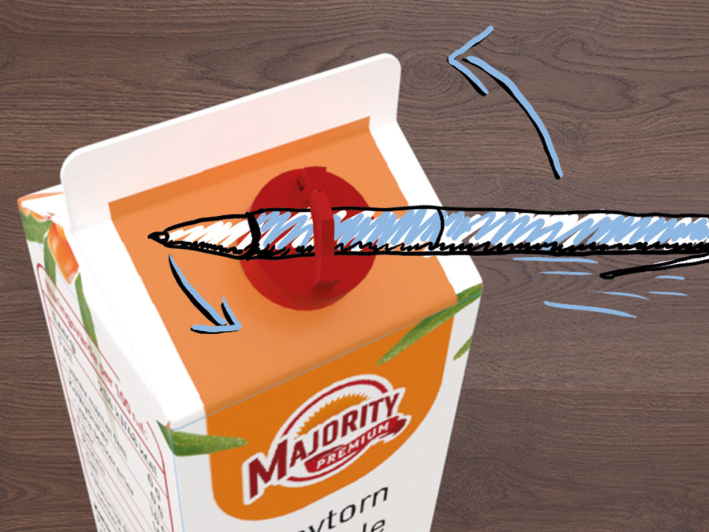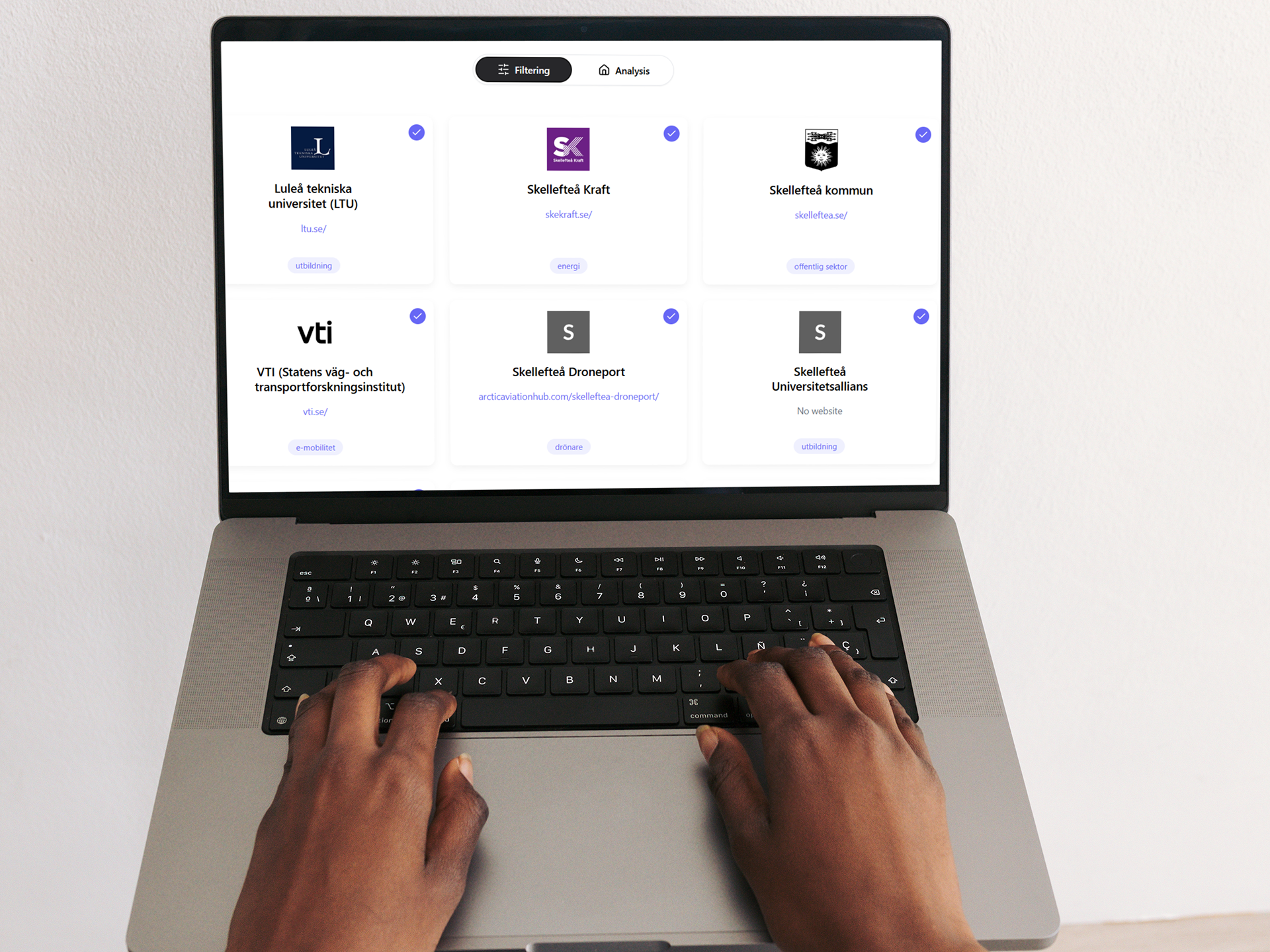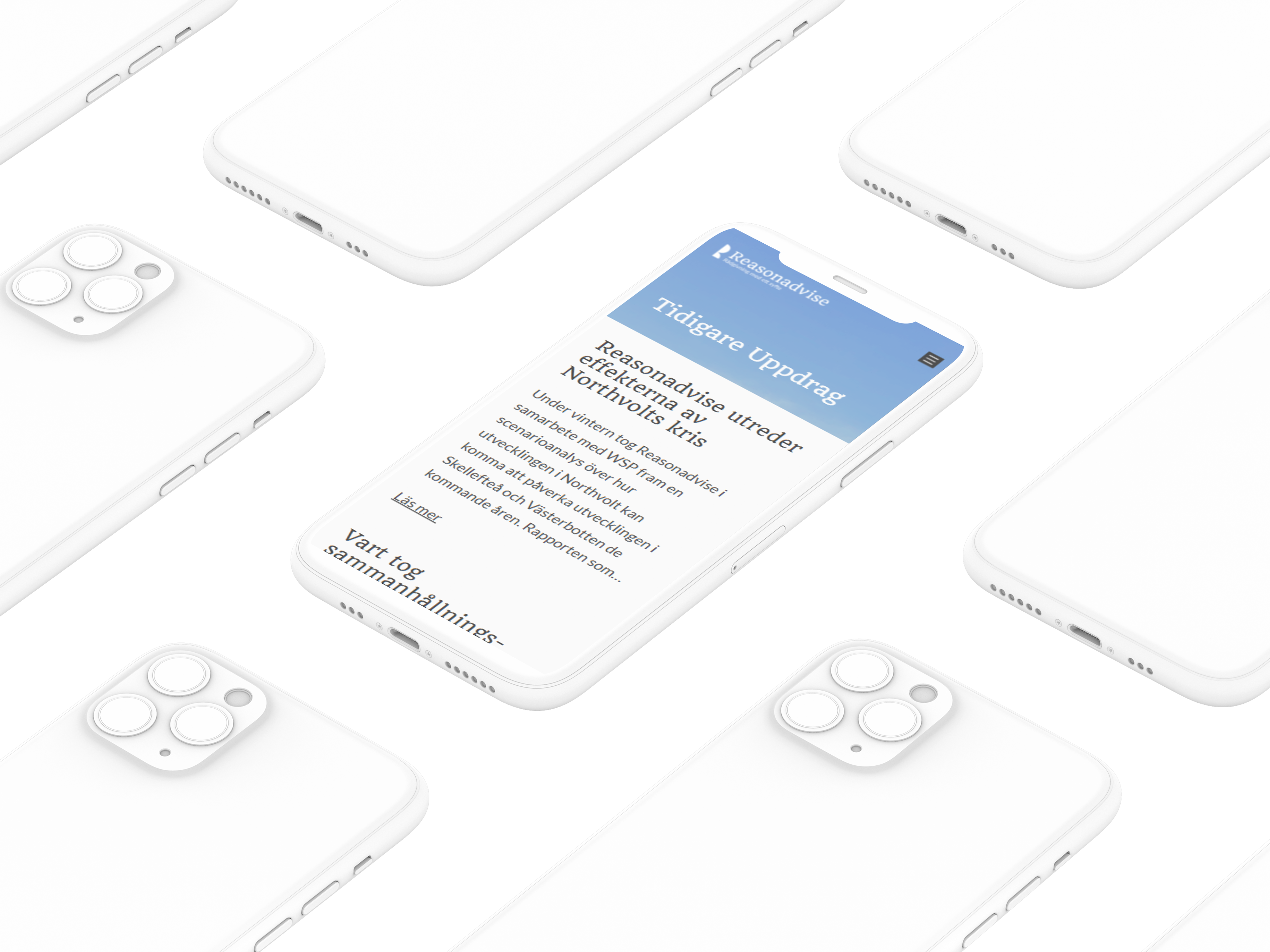How do you build better tools for making media accessible?
That’s what we are exploring with Tolkit.
That’s what we are exploring with Tolkit.
As someone who uses accessibility services myself, I’m intimately familiar with the difference between content that’s simply compliant and content that’s thoughtfully described. I’ve also seen how inaccessible the creation of accessibility tools can be: the interfaces, the pricing, the workflows. So I decided to design a tool, not for the end-user this time, but for the professionals behind the scenes, the ones tasked with making the visual world audible for visually impaired and blind consumers.
Tolkit is a browser-based workspace for creating audio description. It's the first in a planned suite of tools built specifically for accessibility professionals as well as for blind and visually impaired users.

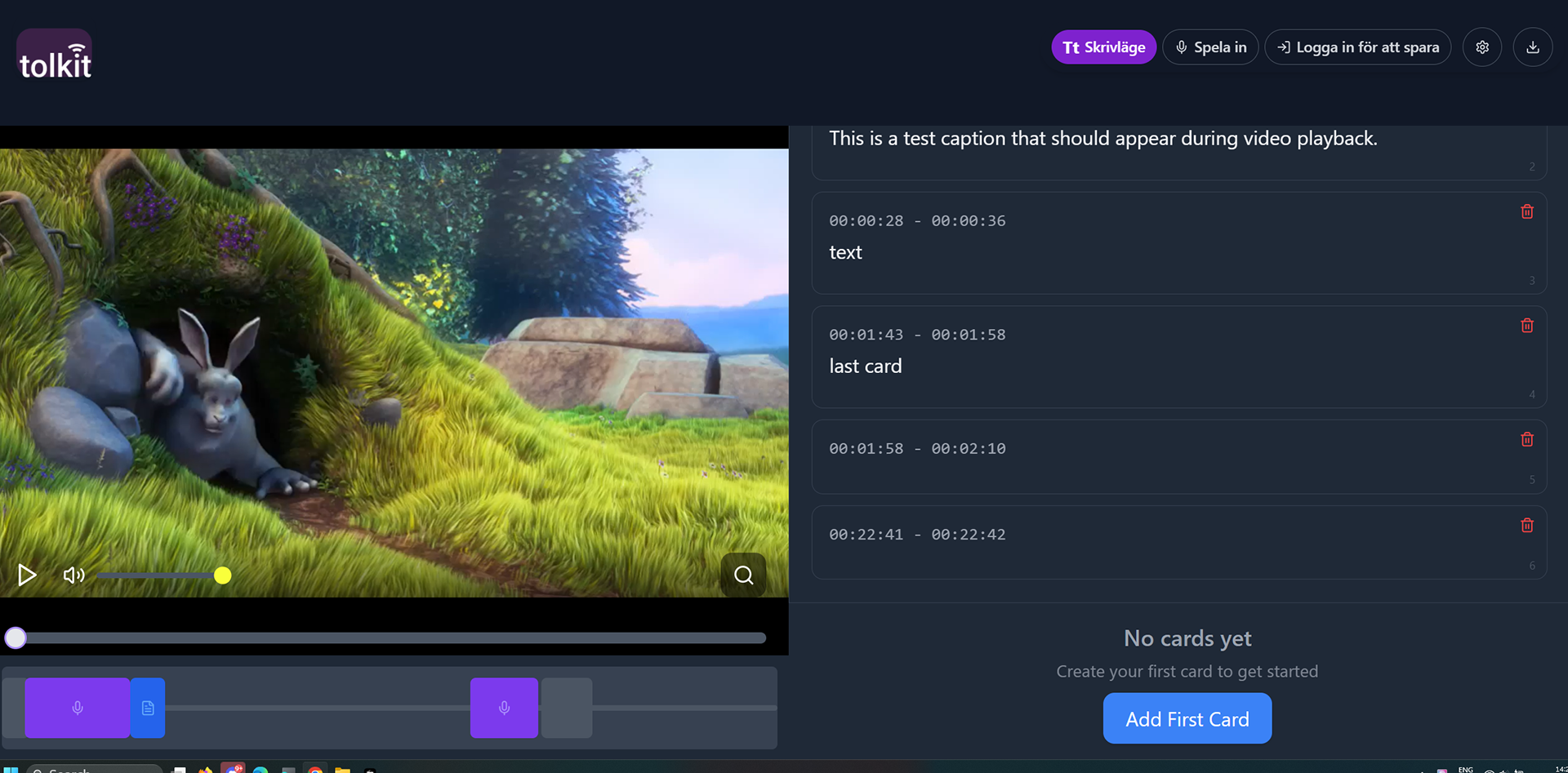
My Role
This project is something I have been wanting to do for a long time. I came up with the idea, interviewed other accessibility professionals, designed it in Figma and build the Beta version in ReactJS. Now I'm working on improving the frontend as well as running tests and building a backend API in PHP and SQL.
This project is something I have been wanting to do for a long time. I came up with the idea, interviewed other accessibility professionals, designed it in Figma and build the Beta version in ReactJS. Now I'm working on improving the frontend as well as running tests and building a backend API in PHP and SQL.


Intuitive workflow
I have closely collaborated with my sister who is an accessibility professional working in the field of audio descriptions to optimize the workflow.
Design Priorities
Descriptive cards
Each piece of description lives as a discrete “card,” complete with text, timestamps, and linked audio. This mirrors how describers write and record in segments, rather than wrestling with traditional caption tools.
Each piece of description lives as a discrete “card,” complete with text, timestamps, and linked audio. This mirrors how describers write and record in segments, rather than wrestling with traditional caption tools.
Recording that fits the workflow
Each card can be recorded individually, played back, re-recorded, and automatically timed to the project timeline. It’s a simple system designed to mirror how pros actually work.
Each card can be recorded individually, played back, re-recorded, and automatically timed to the project timeline. It’s a simple system designed to mirror how pros actually work.


Technical Overview
Frontend: React + TypeScript
UI: Tailwind CSS, Lucide Icons
Build: Vite, Cursor (for rapid prototyping)
Recording: Native browser APIs (with plans for audio filtering via FFmpeg)
Backend: In development with PHP + MySQL for affordability and portability
Data: LocalStorage-based alpha with future cloud sync
